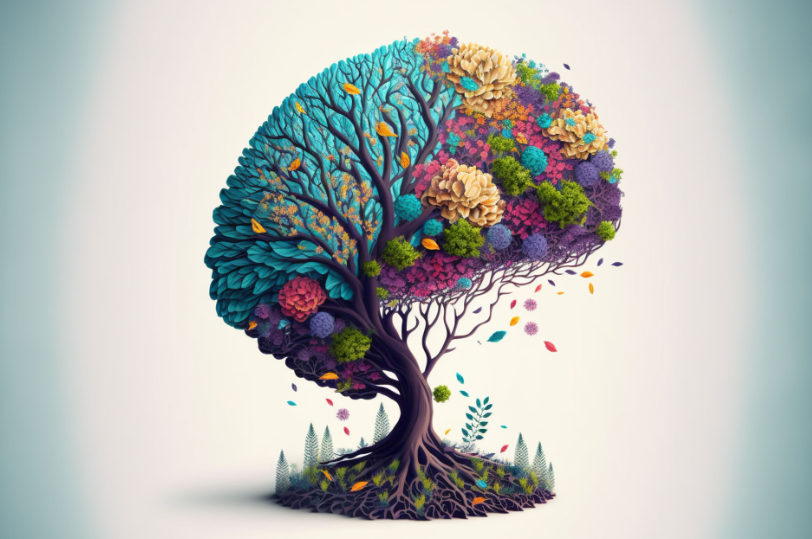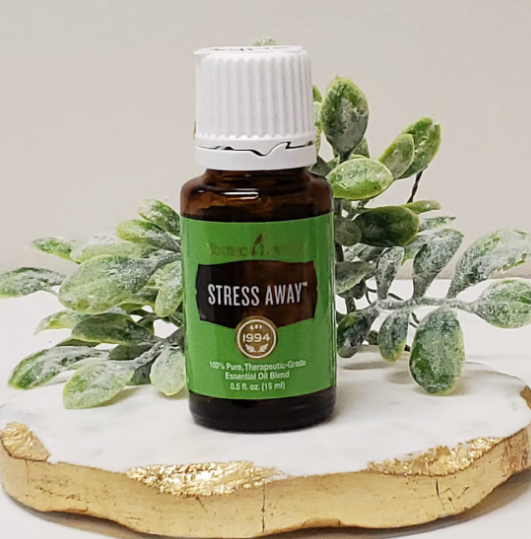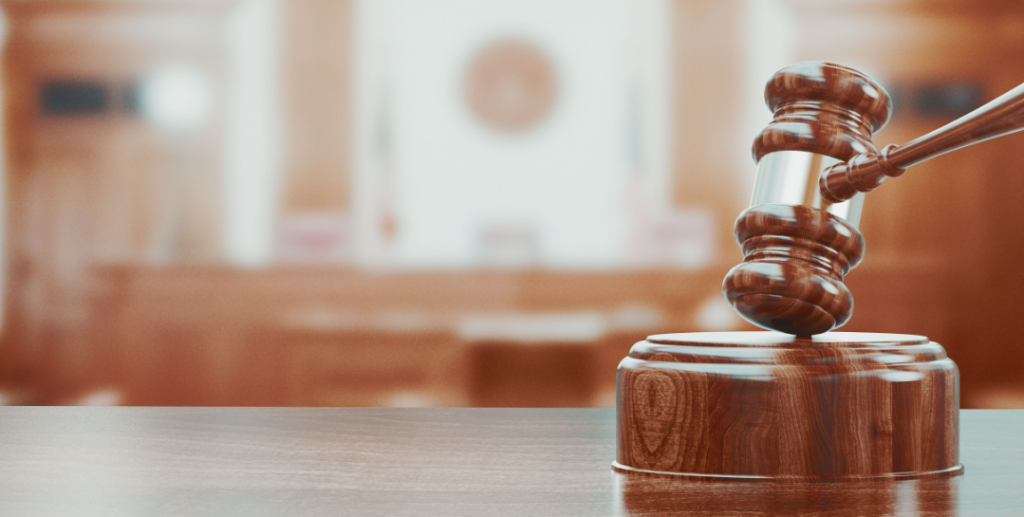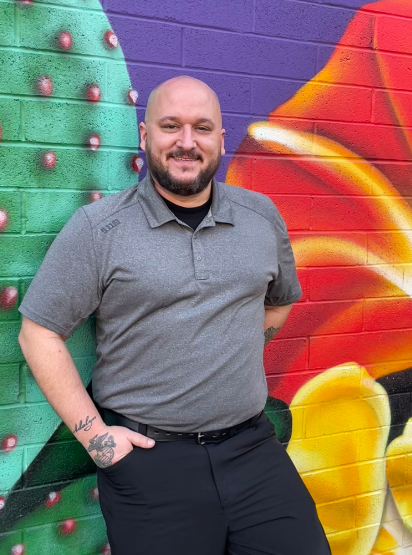by Vernon Williams, MD
There is so much about the concussion process that isn’t yet fully understood by science. How can one athlete seemingly return to “normal” hours after what looks like a knockout blow to the head during a big game, while another takes weeks to fully recover from what seemed to only be a slight “ding” during practice?
Though I am pleased to say we’re no longer in the traumatic brain injury “Dark Ages,” there is still so much research yet to be done—and information to be learned from it about how individuals recover from concussive trauma. This can understandably create confusion among a public that often hears of the serious health implications of concussion and wants concrete answers about how to best minimize the life-altering consequences that can be associated with concussions for some people.
One thing we do know to be true today is that not all people are the same with how their brains and neurological processes recover from traumatic brain injuries, even the mild ones.
With concussion such a hot and controversial topic in the news media, especially as it relates to professional athletics (namely NFL football players), I had the opportunity recently to provide some sports neurology perspective in an interview with a major newspaper.
The story focused on the return-to-play of an athlete who had suffered a concussion a few days earlier, only to sustain another hours after being cleared to play by an independent neurologist. It is understandable that the public at large gasps in alarm when an athlete suffers a second concussion shortly after having been cleared to return to play post-concussion. They point to that “other” professional athlete (insert name of any high-profile athlete who has sustained a concussion here), and cite his or her two- or three-week hiatus from sport after just one concussion. They think the medical team should have known better. The truth however is that this isn’t intentional medical negligence or putting the players’ lives at risk simply for the chance to win the next game. It really has to do with how each person, individually and regardless of their status, recovers from a concussion.
What we know to be true about professional football players is this: it is clinically believed that there is some increased risk of chronic or long-term neurological impairment after repeated concussions, sometimes after only one. But what that risk looks like 20, 30 or 40 years down the road, we really don’t know. Because we don’t have a one-size-fits-all roadmap to concussion risk or recovery, we do the best we can with the proven tools we have. That includes expert neurological evaluation, management and monitoring – and we make individual recommendations based on the results of each of these encounters, not necessarily on the collective number of concussions sustained over an arbitrary period of time.
And while it is true that we may not yet know EVERYTHING there is to know about concussion’s effects on the brain, it doesn’t mean we know NOTHING. Quite the contrary, actually. Neurological researchers today are making incredible inroads when it comes to how we evaluate and treat traumatic brain injuries that were nothing more than a mere “hunch” a decade or so ago. While we have a ways to go, we are heading in the right direction. The more collaboration we neurologists can do, while simultaneously educating our patients and the public accurately and effectively, the better equipped we all will be in the future to diagnose, treat and hopefully one day prevent concussions.
Changing Concussion Recovery Paradigm:
Until very recently, the widespread recommendation by the medical community to patients who had suffered a concussion was simple and straightforward: rest, rest, and more rest. The trauma that the brain sustains during a concussion can be from linear forces (like when the brain is forcefully pushed up against the hard ridges and walls of the skull), or from rotational forces (like when a boxer’s neck twists violently after an opponent lands a hook to the jaw). Yet another example involves the wave of energy from an IED blast experienced by a soldier in combat. Any of these mechanisms can leave the sufferer with a wide range of side effects such as headaches, dizziness, confusion, and fatigue. Typically, with appropriate treatment and rest, these symptoms subside over a period of a few days to a few weeks, and most young athletes will recover from a concussion with no residual problems.
The previous guidelines for concussion rehabilitation stated that young athletes should refrain from all physical activity until all the lingering symptoms were resolved. This type of treatment is referred to as “cocooning” – when all forms of exercise and brain stimulation are halted, including reading, watching television or using smartphones, engaging in lengthy conversations, and even exposure to the visual stimulation of light. This type of all-encompassing brain rest historically made sense. Concussion was known to involve a “metabolic mismatch,” which involved a reduction in blood flow to the brain at exactly the time more energy was needed for healing. As more was learned about physiologic mechanisms, it was realized that there were other contributors to the “energy deficit.” And people generally felt lousy in the early stages after a concussion.
The logical conclusion was that the brain needed rest in order to heal. And if some rest was good…more should be better. But new guidelines are flipping the well-known script and encouraging most young athletes to start being physically active as soon as a few days after having the concussion.
So What Gives on the Guideline Retool?
Well, new research has shown that the brain actually likes activation and stimulation. Early evidence indicates that the brain actually benefits from and recovers faster with physical activity and movement post-concussion, and that prolonged rest time may even delay healing and recovery. Of course, as with any brain injury recovery plan, management must be individualized, and return-to-play guidelines strictly followed. There is still no return to full play or competition until all symptoms have resolved, a step-wise and monitored return to play has been successfully achieved, and official clearance has been provided. And even the early cognitive and physical activity must be carefully monitored to ensure that it is, in fact, helping and not hurting the patient. But the current trend of early activation is based on evidence that a) activation seems to be beneficial and b) cocooning may actually be harmful.
After a concussion, the acute post-injury period (initial 24-72 hours) should consist of rest and symptom monitoring in most situations. Even this recommended period of rest should not involve complete cessation of all activity. The more appropriate goal is to reduce exposure to physical or cognitive exertion, and refrain or discontinue activities that worsen symptoms. When those kinds of restrictions are relaxed, and gentle, cautious return to physical activity is allowed, for obvious reasons it does not mean jumping right back into football or baseball practice or engaging in any contact sports. Rather, we want to see young athletes begin with a very low-range physical activity such as taking a slow walk around the neighborhood, or pedaling on a stationary bike; any low-impact, low-risk physical movement that will encourage healthy blood flow and circulation to the brain and body.
The key with early activity is to take note when feeling any significant worsening or return of symptoms, such as visual changes, nausea, dizziness, or headache. The goal is to limit activity to that which doesn’t cause symptoms, and be aware of symptom threshold. Daily exercise that provides enough movement to promote healing, but not enough stress to exacerbate symptoms, is the “sweet spot” athletes are urged to maintain for the remainder of the healing process until the concussion symptoms disappear completely.
Important: Since every patient has a unique physical anatomy and chemistry as well as unique recovery needs, the amount of time each patient should engage in daily exercise after a concussion will vary, and finding that personal threshold is imperative to healing without re-injury.
In addition to the physical benefit, when returning to activity sooner was studied, it produced noticeable positive effects on emotion, mood and general well-being for the person who suffered the concussion. In retrospect, it makes perfect sense. Imagine a young athlete who is used to being out with friends, active playing sports, which allowed him the associated adrenaline and endorphin release. Then require that athlete to stay in bed with the lights out and no real activity for days on end, restricted from cell phone interaction with friends, and forbid to have any form of digital entertainment requiring the use of a screen — and what do you get? Much higher rates of depressed mood, fixation on symptoms, worry, and anxiety. Letting the athlete return to a more “normal life” faster contributes to less emotional side effects post-concussion, which can also assist in a faster recovery from symptoms.
One aspect of healing that should not be rushed is accommodations associated with school, work, and cognitive activity. It’s important to be aware of the anxieties and difficulties often encountered when heading back to class or participating in any intense learning activities. The cognitive side effects from a concussion – such as memory loss or problems with concentration – can linger longer than the physical symptoms in some cases. Partnership with a neurologist is highly recommended to continue monitoring that avenue of healing. On the plus side, physical activity may also help to lessen the severity of those cognitive issues.
Rest after a traumatic brain injury such as a concussion is necessary, and “shutting down” for the first few days can be vital to recovery. But prolonged bed rest is a thing of the past. The brain likes activation. For the best recovery, rest time must be balanced with stimulation and activation. Consult with a neurologist after any head injury (no matter how mild), and together he/she can help develop the most efficient treatment plan for you or a loved one’s specific needs to get your player back to health and back into the game.
Vernon Williams, MD, is a board-certified sports neurologist and founding director of the Center for Sports Neurology and Pain Medicine at Cedars-Sinai Kerlan-Jobe Institute in Los Angeles, California.




















